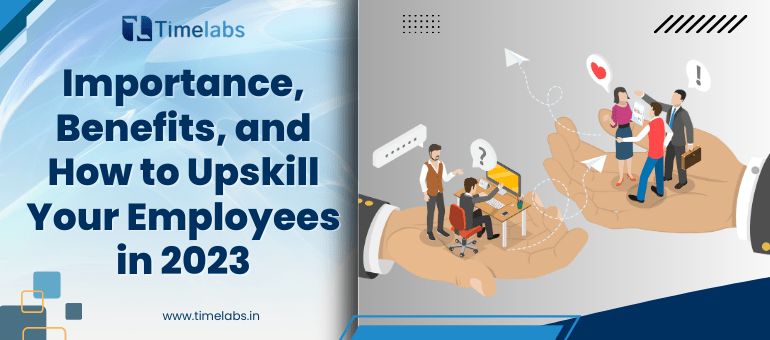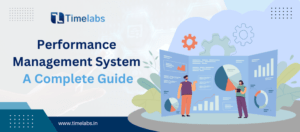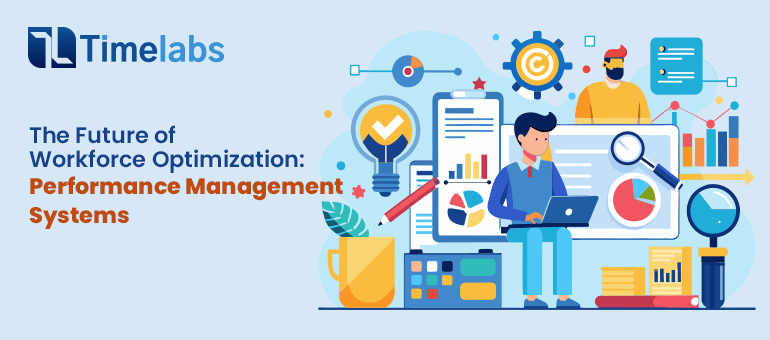In the ever-evolving landscape of business, the need for continuous learning and development (L&D) has become imperative. Organizations today are challenged with the task of not only staying competitive but also fostering growth within their workforce. To address this, companies must invest in several key areas of L&D to ensure that they are equipped to thrive in an ever-changing environment. In this comprehensive guide, we will delve into the critical aspects of L&D, including succession planning, onboarding, enhancing soft and hard skills, compliance training, upskilling or reskilling, and on-the-job training. By the end of this article, you will have a deep understanding of these areas, enabling you to take your organization’s L&D efforts to the next level.
Succession Planning: Preparing for the Future
Succession planning is a strategic process that ensures an organization has a pipeline of qualified talent ready to step into key roles when needed. It’s not just about replacing outgoing leaders but also about identifying and nurturing future leaders within the company. Effective succession planning is essential for long-term sustainability and growth.
Key Elements of Succession Planning
- Identifying High-Potential Employees: The first step in succession planning is identifying individuals with the potential to take on leadership roles in the future. This involves evaluating their skills, experience, and leadership qualities.
- Mentoring and Development: Once high-potential employees are identified, they should be provided with opportunities for mentorship and development. This includes assigning mentors, offering training programs, and providing exposure to different aspects of the business.
- Regular Talent Reviews: Periodic talent reviews should be conducted to assess the progress of potential successors. These reviews help in tracking their development and adjusting the succession plan as needed.
Onboarding: Setting the Stage for Success
Effective onboarding is crucial for integrating new employees into the organization and setting them up for success from day one. It’s more than just paperwork and introductions; it’s about making new hires feel welcome and helping them become productive members of the team quickly.
Key Elements of Onboarding
- Clear Expectations: New employees should have a clear understanding of their roles, responsibilities, and performance expectations. This clarity helps in reducing uncertainty and anxiety.
- Comprehensive Training: Provide comprehensive training that covers not only job-specific tasks but also the company’s culture, values, and policies. This training can be both formal (e.g., classroom sessions) and informal (e.g., shadowing experienced colleagues).
- Mentorship and Support: Assign mentors or buddies to new hires to help them navigate their first few weeks. Having someone to turn to for questions and guidance can significantly improve the onboarding experience.
Enhancing Soft and Hard Skills: Building a Versatile Workforce
In today’s rapidly changing business environment, employees need a diverse skill set to adapt and excel. This includes both soft skills, such as communication and problem-solving, and hard skills specific to their roles.
Developing Soft Skills
- Communication: Effective communication is essential in any workplace. Offer communication workshops and encourage active listening, empathy, and clear articulation.
- Problem-Solving: Teach employees problem-solving techniques and critical thinking skills. Real-world scenarios and case studies can be used to hone these abilities.
Improving Hard Skills
- Technical Training: Stay up-to-date with the latest industry trends and technologies. Offer training programs and certifications to ensure that employees have the necessary technical skills.
- Cross-Training: Encourage employees to expand their skill sets by cross-training in other departments or roles. This promotes versatility within the workforce.
Compliance Training: Upholding Ethical Standards
Compliance training is essential to ensure that employees are aware of and adhere to legal and ethical standards in the workplace. It minimizes the risk of legal issues and protects the organization’s reputation.
Key Aspects of Compliance Training
- Regulatory Knowledge: Keep employees informed about relevant laws and regulations that affect the industry. Regular updates and training sessions are crucial to compliance.
- Code of Conduct: Develop a clear code of conduct that outlines expected behavior and consequences for violations. Make sure employees understand and acknowledge it.
- Reporting Mechanisms: Establish a confidential reporting system for employees to report any unethical behavior or violations they encounter.
Upskilling or Reskilling: Staying Ahead of Industry Changes
The business landscape is constantly evolving, with new technologies and trends emerging. To remain competitive, organizations must invest in upskilling and reskilling their workforce.
Upskilling
- Identify Skill Gaps: Conduct regular assessments to identify skill gaps within the organization. This can be done through surveys, performance evaluations, and feedback.
- Tailored Training: Provide targeted training programs to address specific skill gaps. This may include workshops, online courses, or certifications.
Reskilling
- Adaptability: Encourage employees to embrace change and develop a growth mindset. Reskilling often involves learning entirely new skills, so a positive attitude is crucial.
- Flexible Learning Paths: Offer flexible learning options that allow employees to acquire new skills at their own pace. This can include microlearning modules and on-the-job training.
On-the-Job Training: Learning by Doing
On-the-job training is a practical approach to skill development. It allows employees to learn while performing their regular tasks, making it highly effective and efficient.
Best Practices for On-the-Job Training
- Structured Training Plans: Develop structured training plans that outline the skills and competencies employees need to acquire on the job.
- Mentorship Programs: Pair experienced employees with newcomers to provide guidance and support. This mentorship can greatly accelerate the learning process.
The Sharing of Institutional Knowledge: Preserving Organizational Wisdom
Institutional knowledge refers to the collective wisdom, experience, and expertise held by long-time employees. Preserving and sharing this knowledge is crucial for continuity and innovation.
Strategies for Sharing Institutional Knowledge
- Documentation: Encourage employees to document their processes, best practices, and lessons learned. This information should be easily accessible to others.
- Knowledge Transfer: Implement knowledge transfer programs where experienced employees mentor and pass on their expertise to younger generations.
- Knowledge Repository: Create a central repository for storing and retrieving institutional knowledge. This can be in the form of a digital library or an intranet.
In conclusion, a well-rounded approach to learning and development in organizations encompasses a range of critical areas. Succession planning, onboarding, skill enhancement, compliance training, upskilling, reskilling, on-the-job training, and institutional knowledge sharing are all vital components of a robust L&D strategy. By focusing on these aspects, businesses can equip their workforce to adapt, thrive, and drive success in an ever-changing world.



